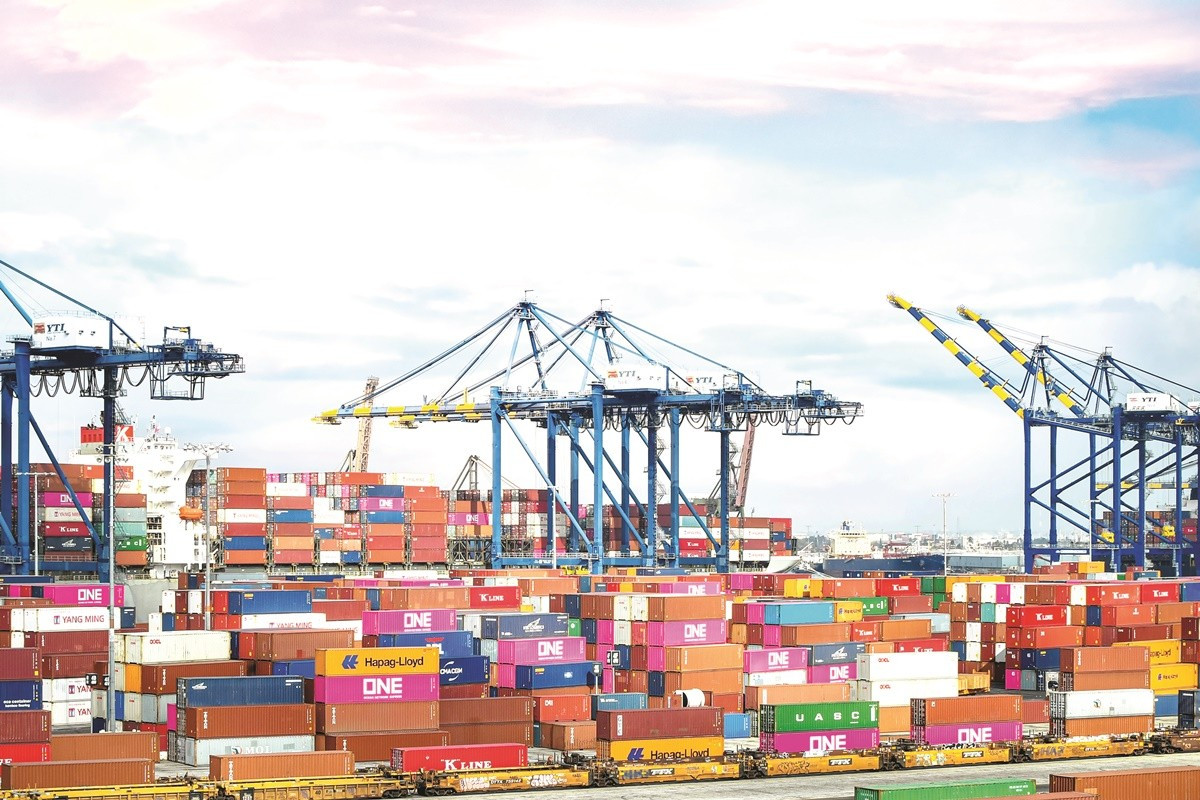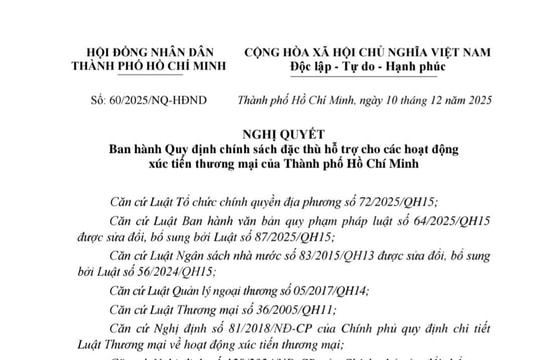It is normal to inspect the goods that have been lost or damaged during the performance of the sales contract and in the contract of carriage
Summary of the case
Claimant (“ND”) and Respondent (“BD”) signed a cargo insurance contract (“Contract”), whereby the BD accepted insurance under Condition “A” General rules of cargo insurance carried by sea for the shipment of steel of all kinds of ND transported by a seagoing ship from abroad to the warehouse of ND in Vietnam. The sum insured was more than VND 10 billion. Before discharge, ND found that the goods were damaged, so he informed BD immediately. BD appointed a cargo inspection company (“Inspection Company 1”) to survey the cargo at cargo hold of the ship. After that, the parties agreed to bring the shipment to the warehouse of ND for further inspection.
The Respondent held that according to the inspection report of Inspection Company 1 (“Deed 1”), (i) the quality of the goods was of a vice or latent defect in conjunction with the cargo sweat during transportation resulting in black, yellow on the surface; (ii) because of goods defects, the possibility that they were stained black and yellow before loading could not be excluded; (iii) there was no evidence that a concave and defected surface of goods occurred during the carriage; (iv) this shipment was defective, having no guaranteed quality right from the production stage; (v) based on Deed 1 as well as other factors, the damages did not occur during the carriage but happened before loading, so BD was not responsible for compensation as per insurance liability.
In the Claimant’s opinion, the Deed 1 did not state the level of the damage of goods, so as soon as receiving this Deed, ND asked another independent inspection company to do this but the BD did not respond. Based on insurance files, the ND did not see any exclusion article to refuse compensation, so the BD had to compensate. It had been more than 5 months since end of the inspection, but the BD had no opinion on handling damaged goods and preventing additional losses, so the ND would proceed to handle damaged goods by (a) inviting an independent inspection company to determine the amount and value of the damages; and (b) publicly auctioning the damaged shipment and the BD had to compensate in the above treatment without any subsequent claims.
The arbitral award
The Arbitral Tribunal (HDTT) found that in the process of receiving, carrying and discharging goods, the carrier as well as the BD did not have any opinion on the apparent order and condition of the shipment. The Bill of lading stating “Clean Shipped on Board” meant “Clean Bill of lading, cargo loaded on board”; the Contract only excluded compensation due to natural rust; in Deed 1 there was nowhere to suggest that this shipment had naturally rusted. On the contrary, this Deed concluded: “During the time of carriage from China to Vietnam, the changing environment from cold air zone to hot air one had caused sweating of goods to create a solution of electrolytic dissociation causing corrosion of metal, causing rust from outer ligaments/coil edges (these edges were directly exposed to the sweat of goods and also the place of the weakest zinc coating). These rusts then developed and spread to the inner surface of the coil, causing yellow/black staining on the coil surface. ” Therefrom, the HDTT concluded that rust leading to black/yellow stains occurred during the carriage and before unloading, not before loading on board. Pursuant to Article 262 of the 2005 Law on Commerce and the above analysis, the HDTT concluded that Deed 1 was binding on BD, and did not exclude insurance liability because it was not “natural rust”.
As per the report on receipt of cargo of the port and the photos provided by the ND, the HDTT held that during the process of stowage and unloading, some steel coils were dented, missing the edge tag at the coil end in the outer layers/rings due to bumps, that was, these marks occurred before unloading. According to Clause 1, Article 48 of the 2000 Law on Insurance Business, Deed 1 ought to specify the cause and extent of the damage. However, this Deed only stated the cause of the damage of the goods, that was, it did not fully comply with the provisions of Clause 1, Article 48 above.
The HDTT realized that the Inspection Company 1 did not determine the level of damage of the goods, so the ND had to hire Inspection Company 2 to re-inspect the damage and made the Deed 2, which were in accordance with the provisions of Clause 2, Article 262 of the 2005 Law on Commerce.
The Deed 2 was based on the apparent order and condition of the goods, the goods’ trading practices, damages and market prices; There were 2 companies that could afford the above damaged goods with an average unit price of VND 6,715/kg. The price for recovering 130 zinc-aluminum galvanized steel rolls was 535,185 net metric tons x VND 6,715 = VND 3,593,767,275. Considering the above reality, based on the Deed 2, the HDTT found a basis to accept this average unit price. According to the Deed 1, the Deed 2, and the value of the damage stated in the Statement of Defense, specifically, the amount was VND 10,268,582,000 - (3,593,767,275 + 1,114,500,570) = VND 5,560,314,155 considered reasonably by the HDTT. However, since the ND only asked for VND 5,560,000,000, the HDTT accepted this amount and forced the Respondent to pay the Claimant the insurance compensation amount of VND 5,560,000,000.



.png)




.png)

.png)



.png)
.png)
